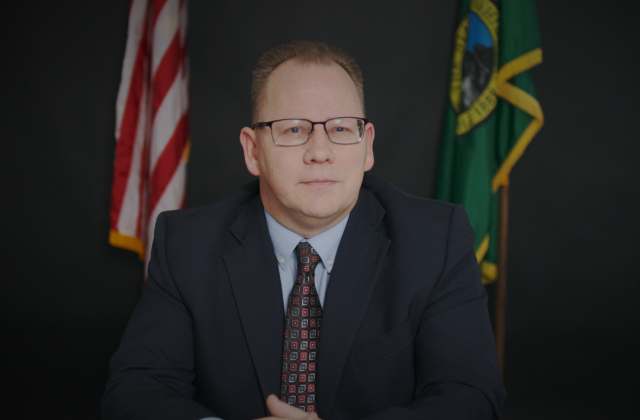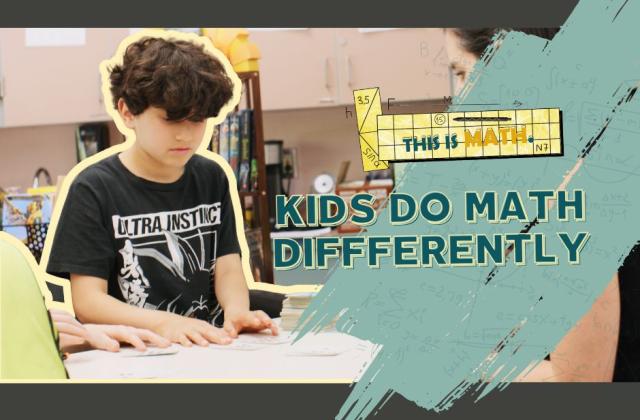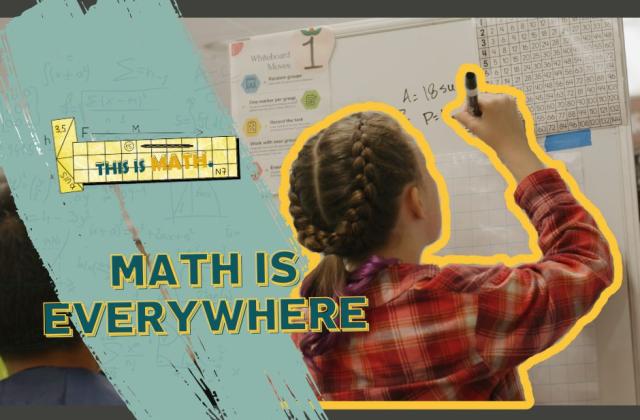Media Contact
Katy Payne she/her
360-764-0201
Editor’s Note: OSPI aims to elevate the authentic experiences of the students in Washington’s K–12 public schools. This story was written by a Washington state high school student participating in OSPI’s Student Stories Program. The author’s opinions, beliefs, and viewpoints do not necessarily reflect those of OSPI, and publication of this story does not constitute OSPI’s approval or endorsement of its contents. With questions, please contact OSPI’s Communications team at commteam@k12.wa.us.
With the popularization of foreign exchange programs and movements to adopt teaching methods from other countries, Americans have shown a growing interest in school systems around the world and how they operate. As someone who experienced the varying teaching techniques and their effects on students firsthand, I understand very well the call for change and knowledge exchange.
In the Philippines, I lived with my extended family in a small city called Iriga. I passed the entrance exam to a prestigious private elementary school. The campus was far, the hours were long, and the work was heavy, but the learning and experience greatly shaped how I work and study today.
After 6th grade, my family made the grand decision to start our lives over in Washington. We packed our things, said our goodbyes, and took the 20-hour flight to the USA. A renowned private school in the Philippines and a public school in America are bound to have many contrasts in curriculum and culture, but I didn’t know just how different they would be.
Dress Codes
The first difference I noticed had to do with dress codes. In my schools in the Philippines, students wore regulated uniforms with button-ups and dress shoes, all tied together by an ID hanging around their neck. Girls wore white socks while boys wore black ones. Haircuts and hairstyles were monitored to fit school standards. If a teacher noticed a student's collar was folded improperly, they would come and straighten it for them.
My schools in Washington, however, did not uphold such strict standards. Students styled themselves and could walk around campus wearing jeans, hats, and slippers, but what stood out the most for me, surprisingly, were the rules for jewelry.
A friend of mine in the Philippines once got a second lobe piercing over summer break with her parents’ permission. When classes started in July, the school’s disciplinary officials pulled her out of class for going against the dress code: no piercings other than a single one in the ear for girls. The cartilage had already healed over by then, so they made her take out the small, unobtrusive studs she wore.
A few months into my move to America, I bought a small pair of dangly earrings with cat decals (very middle school, I know) that I wanted to wear to school, but I was scared of getting dress-coded for wearing something my past schools would have deemed to be very distracting. I pulled one of my teachers aside to ask her if I could wear them, and she hit me with an eye-opening response: “Of course! You don’t even have to ask.”
I underwent a huge realization upon hearing those few words: here in Washington, I have more freedom to express who I truly am.
Curriculum
Another large difference I had to get used to was the change in curriculum. Typically in the Philippines, students had one class for the entire year, with teachers switching rooms instead of students. My grade was divided into three classes – standard, honors, and high honors – with one homeroom advisor each and the same set of teachers for each subject.
My past schools put great pressure on students to maintain high grades. Students were constantly put in competition with one another, like when teachers broadcast individual test scores to the class; when large billboards of the top achievers are posted at the front gates; and when hand-picked students were pulled out of class to take more advanced math lessons.
Being stuck with 19 other students for a whole school year, acutely aware of my ranking relative to my classmates, created a competitive and tense atmosphere. While I was able to excel because of the pressure and emphasis on achievement, the environment built a lot of stress.
In Washington, I had a lot of trouble getting used to the six different periods in six different rooms and six different sets of classmates. Suddenly switching back and forth between noisy, peaceful, stressful, awkward, and quiet classrooms gave me mild whiplash, but I learned to appreciate the variety in the end. With this constant cycle of change, I was able to meet, befriend, and get close to the diverse groups of people America had to offer.
A luxury I have here that I didn’t have in the Philippines is electives. It fascinated me that a student could take specific classes based on their interests and passions in early as 7th grade, and they didn’t have to wait until senior high school (11th and 12th grade) to pick a focus.
Culture
From my experiences, I’ve found Philippine education to create a strong foundation in a student, as it emphasizes good studying habits, memorization, and basic foundational skills in many different areas of education. This system tends to create well-rounded, disciplined students.
American school systems, on the other hand, cultivate creativity and help students find their calling, providing opportunities for individuals to hone and polish their skills. Students are encouraged to join extracurriculars and apply their learning in their societies and communities. For them, education is a part of life, not just school.
Experiencing polar opposite ways of teaching allowed me to better understand what environments I thrive in and how I best learn, which ended up being a blend of the two systems. I tend to work well in competitive, time-sensitive conditions similar to my schooling in the Philippines. However, the more hands-on and practical teaching styles of American schools helped me retain material for longer and apply it to my everyday life.
In short, education reflects culture. Schooling in the Philippines conforms to what is expected of Philippine citizens in the same way American schooling conforms to what is expected of American citizens. Neither system is inherently better than the other nor should one be enforced universally. Instead, it is beneficial to be accepting and learn from diverse learning approaches, cultures, and histories.
About the Author
Monica Velasquez (she/her) is a high school junior in the Lake Stevens School District who is passionate about psychology and journalism. She takes on leadership roles in various clubs at her school, such as Key Club and the Asian Student Union. Having served as a Staff Reporter and Editor-in-Chief for her school’s newspaper, Monica hopes to share the voices of her peers through her work.









